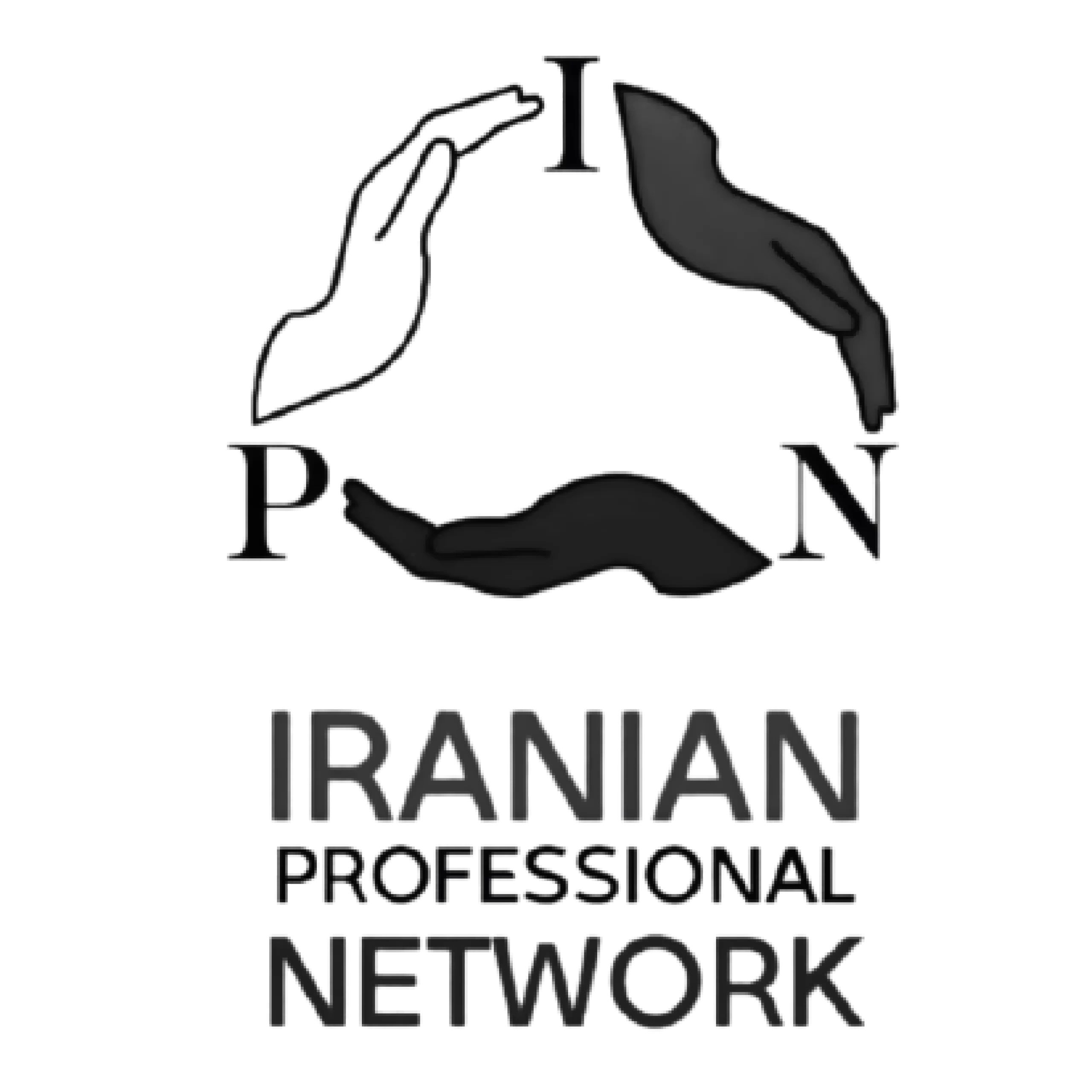In the realm of social media, a well-defined content strategy coupled with compelling and relevant content is the cornerstone of a successful digital presence. Creating a content strategy and developing engaging social media content involves meticulous planning, understanding audience preferences, and delivering value consistently. Here’s a comprehensive guide on how to create a content strategy and craft captivating social media content that resonates with your audience.
1. Define Your Content Strategy:
Understand Your Audience:
– Conduct thorough audience research to comprehend their demographics, preferences, behaviors, and pain points. Use this information to tailor content that resonates with them.
Set Clear Objectives:
– Align your content strategy with your business goals. Whether it’s increasing brand awareness, driving website traffic, or boosting engagement, set specific and measurable objectives.
Content Pillars and Themes:
– Identify key topics, themes, or content pillars that align with your brand values and resonate with your audience. This ensures consistency and relevance across your content.
2. Developing Engaging Social Media Content:
Create Diverse Content Formats:
– Experiment with various content formats such as videos, infographics, blog posts, user-generated content, polls, and live sessions to keep your audience engaged.
Tailor Content for Each Platform:
– Different social media platforms have unique formats and audience expectations. Customize your content to fit the specific platform, considering factors like character limits, visuals, and audience behavior.
Storytelling and Visual Appeal:
– Craft compelling stories that evoke emotions and resonate with your audience. Use high-quality visuals, captivating headlines, and clear calls-to-action to grab attention.
Consistency and Frequency:
– Maintain a consistent posting schedule to keep your audience engaged. Find the right balance between frequency and quality to ensure your content remains fresh and valuable.
User Engagement and Interaction:
– Encourage user engagement by asking questions, running polls, responding to comments, and fostering conversations. User-generated content can also amplify engagement and build community.
3. Content Creation Process:
Content Calendar:
– Develop a content calendar outlining the type of content, posting schedule, and platform distribution. This helps maintain consistency and allows for strategic planning.
Collaboration and Review:
– Foster collaboration among team members involved in content creation. Set up review processes to ensure content aligns with the brand voice, messaging, and objectives.
Performance Analysis and Optimization:
Track and Analyze Performance:
– Utilize analytics tools to track the performance of your social media content. Monitor metrics like reach, engagement, click-through rates, and conversions to evaluate effectiveness.
Optimize Based on Insights:
– Use insights gained from performance analysis to optimize future content. Identify what works well and what needs improvement, and adapt your strategy accordingly.
Conclusion:
A well-crafted content strategy coupled with engaging social media content is essential for brands aiming to build a strong online presence and connect with their audience. By understanding audience preferences, tailoring content to fit different platforms, maintaining consistency, and analyzing performance, businesses can create impactful content that resonates with their audience, drives engagement, and supports their overall business objectives.
















































